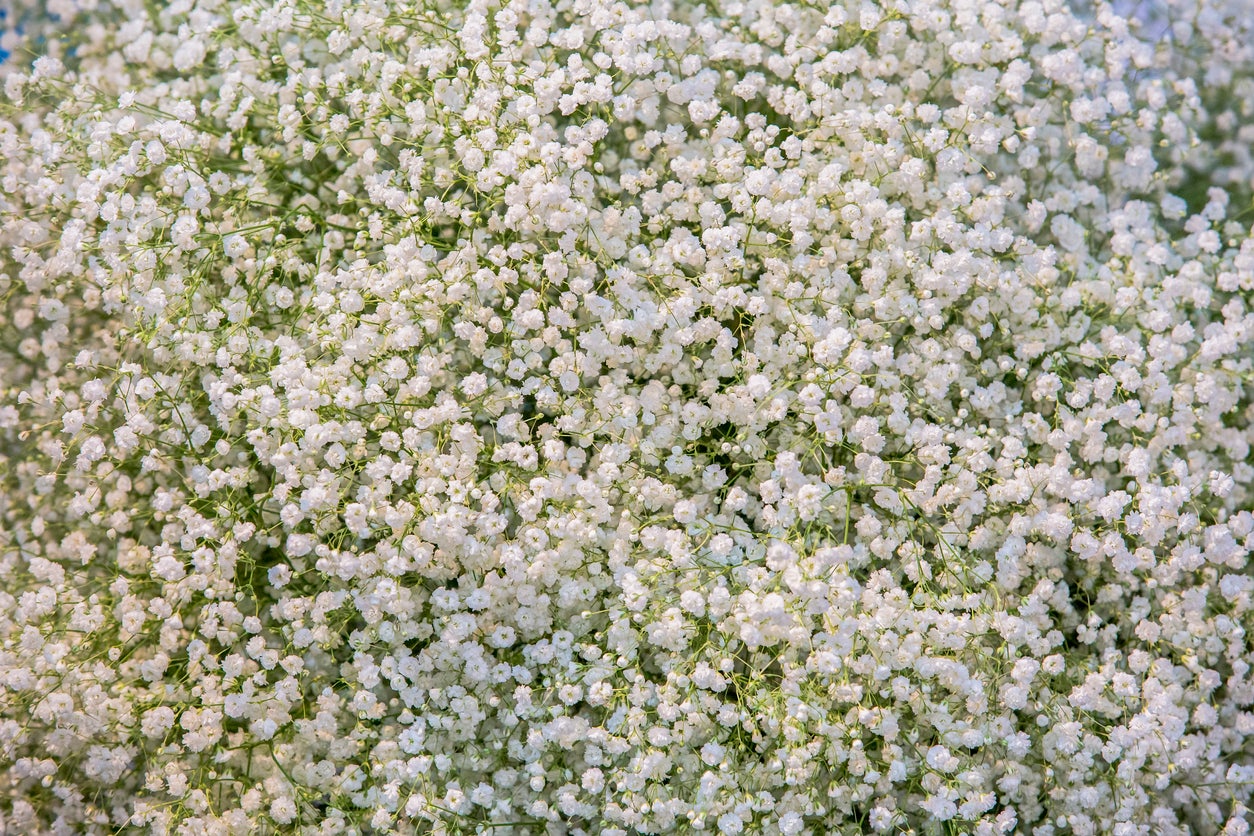Baby’s Breath Propagation: Learn About Propagating Baby’s Breath Plants


Baby’s breath is a small, delicate bloom included as a finishing touch in many bouquets and flower arrangements. Masses of star-shaped flowers look great in outside flower beds too. Gypsophila grows in several varieties, preferring a moist, sunny spot in the landscape.
Propagating Baby’s Breath Plants
You may have planted seeds of this flower without success. Seeds are tiny and sometimes a little tricky to get going. When propagating baby’s breath, you will likely have better success by taking cuttings from an existing plant or planting one in the landscape.
Baby’s breath is normally grown as an annual flower in most areas, but some types are hardy perennials. All types are easily grown from cuttings taken in early summer. Starting new baby’s breath takes time, about a month, but is worth the wait.
How to Propagate Baby’s Breath Cuttings
Use clean, sterilized containers and fill with well-draining soil or mix. Take a 3 to 5 inch (8-13 cm.) cutting at an angle with a sharp, clean tool. Dip the cutting in water, then rooting hormone, and place into soil with about 2 inches (5 cm.) of stem above the soil line. Take off any leaves touching the soil. Continue this process until you have the number of cuttings you want.
Water from the bottom by placing containers into a water-filled plant saucer. Remove when the soil is moist and place the pot into a clear plastic bag. Tie it up and place in a warm spot away from direct sunshine. Check for roots in four weeks. Do this by lightly tugging the stems. If you feel resistance, roots have developed, and you can proceed with Gypsophila propagation. Plant each branch into a separate container or into well-draining soil outside.
Starting a New Baby’s Breath Transplant
If you have no baby’s breath from which to take a cutting, you can get ready for Gypsophila propagation by purchasing a small plant. Prepare the spot in the garden for the transplant ahead of time. The fragile roots of this plant need air circulation, and this cannot happen when it is planted in heavy clay without amendment.
Remove unwanted plant material from the planting area and loosen the soil. Mix in finished compost, manure, fresh topsoil, or other organic material that will provide optimal drainage. Mix in coarse sand if you have it available.
Sign up for the Gardening Know How newsletter today and receive a free copy of our e-book "How to Grow Delicious Tomatoes".
Plant baby’s breath so it remains at the same level as it is in the pot. Gently spread roots out so they can readily grow. Water at soil level. Avoid wetting the foliage with future watering when possible.
When the plant is established and new growth occurs regularly, you can begin baby’s breath propagation by cuttings. Grow this plant in a sunny area with afternoon shade in the hottest areas.

Becca Badgett was a regular contributor to Gardening Know How for ten years. Co-author of the book How to Grow an EMERGENCY Garden, Becca specializes in succulent and cactus gardening.